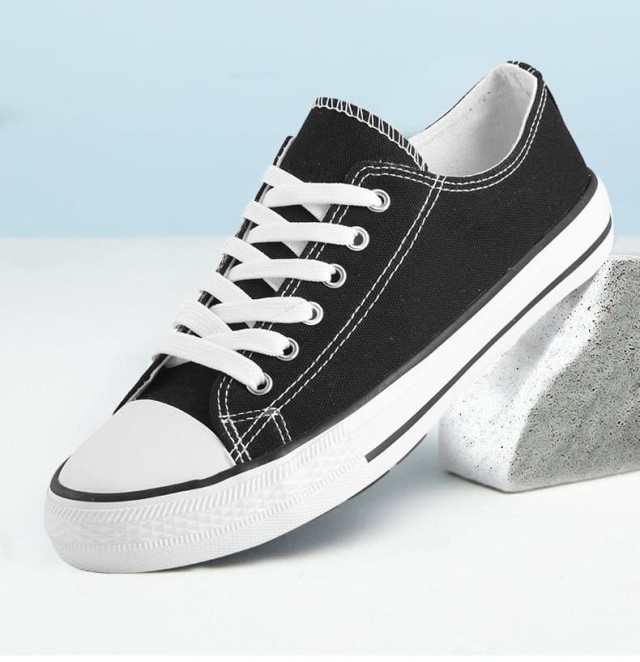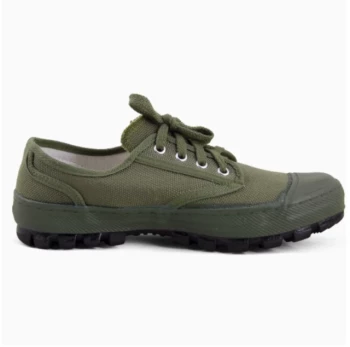For professionals working in demanding environments—from construction sites to agricultural fields—the right footwear isn’t just about comfort; it’s a critical safety investment. Vulcanized rubber boots offer distinct advantages over non-treated alternatives, combining molecular science with real-world durability. Here’s how the vulcanization process transforms ordinary rubber into high-performance footwear and why it matters for your work.
The Chemistry Behind Vulcanization
Sulfur Cross-Linking and Molecular Reinforcement
Vulcanization chemically alters rubber by introducing sulfur bridges between polymer chains. This creates a three-dimensional network that:
- Resists deformation under stress, preventing cracks or tears.
- Maintains elasticity even in subzero temperatures or extreme heat.
Research shows that cross-linked rubber can withstand forces several times greater than untreated rubber before failing, making it ideal for boots exposed to heavy machinery or sharp debris.
Temperature and Time Variables in Production
The process isn’t just about adding sulfur—precision matters. Controlled heat (typically between 140°C–160°C) and specific curing times ensure:
- Uniform reinforcement throughout the material.
- Optimal balance between flexibility and rigidity.
Unlike cheaper rubber boots that may stiffen or degrade quickly, vulcanized products retain their properties for years.
Performance Benefits for Rubber Boots
Tear Resistance in Extreme Conditions
In mining or construction, boots face constant abrasion from rocks, metal, or chemicals. Vulcanization mitigates this by:
- Reducing weak spots where tears typically start.
- Self-reinforcing under pressure, distributing stress across the material.
Field tests in abrasive environments reveal that vulcanized boots last significantly longer than non-vulcanized versions, even when subjected to daily wear.
Long-Term Flexibility vs. Non-Vulcanized Alternatives
Standard rubber tends to harden and crack over time, especially when exposed to UV rays or oils. Vulcanized boots:
- Remain pliable in freezing winters or scorching summers.
- Resist swelling from fuels or solvents, a common issue in agriculture.
For workers kneeling or bending frequently, this flexibility reduces fatigue and injury risks.
Industry Applications and User Cases
Mining and Construction: Surviving Abrasive Environments
In mines, boots must endure sharp gravel, acidic water, and heavy impacts. Vulcanized rubber’s layered durability:
- Protects against punctures from protruding objects.
- Insulates against electrical hazards, a critical feature for electricians.
Agricultural Use: Weatherproofing and Chemical Exposure
Farmers deal with mud, pesticides, and manure—all of which degrade ordinary rubber. Vulcanized boots:
- Repel moisture to prevent rot.
- Withstand corrosive substances like fertilizers without breaking down.
Maximizing Boot Lifespan
Proper Care for Vulcanized Rubber
Even the toughest boots need maintenance. Extend their life by:
- Cleaning with mild soap to remove corrosive residues.
- Storing away from direct sunlight to prevent UV degradation.
Signs of Wear: When to Replace
Look for:
- Deep cracks in the sole or upper material.
- Loss of traction, indicating worn-out treads.
Proactive replacement ensures continued protection—don’t wait for a blowout mid-shift.
Upgrade to Professionally Engineered Footwear
For distributors and bulk buyers seeking reliable safety footwear, 3515’s vulcanized rubber boots deliver proven resilience across industries. Our manufacturing expertise ensures every pair meets the demands of harsh environments, combining laboratory-tested materials with real-world performance.
Ready to equip your workforce with boots that last? Partner with 3515 for bulk orders tailored to your industry’s needs.
Products You Might Be Looking For:
Explore durable vulcanized work boots
View rugged high-waist assault boots
Check out high-top vulcanized safety shoes
Browse low-cut vulcanized work shoes
See mixed-material vulcanized footwear
Related Products
- Durable Rubber Sole Outdoor Shoes Wholesale & Custom Manufacturing
- Wholesale High-Traction Camo Boots - Custom Manufacturer for Brands
- Factory-Direct Wholesale Canvas Boots with High-Traction Rubber Soles
- Durable Rubber-Soled Utility Shoes for Wholesale & Custom Brand Manufacturing
- Wholesale Durable Camo Canvas Shoes with High-Traction Rubber Soles
Related Articles
- How Vulcanized Rubber Work Boots Outlast Alternatives – And When to Choose Differently
- Vulcanized Shoes Decoded: When They Shine and When to Choose Alternatives
- Why Vulcanized Shoes Dominate Durability and Comfort: A Technical and Practical Guide
- How Vulcanized Rubber Engineering Creates Unbeatable Outdoor Boots
- Optimizing Vamp Production for Vulcanized Shoes: Materials, Techniques, and Quality Assurance



















